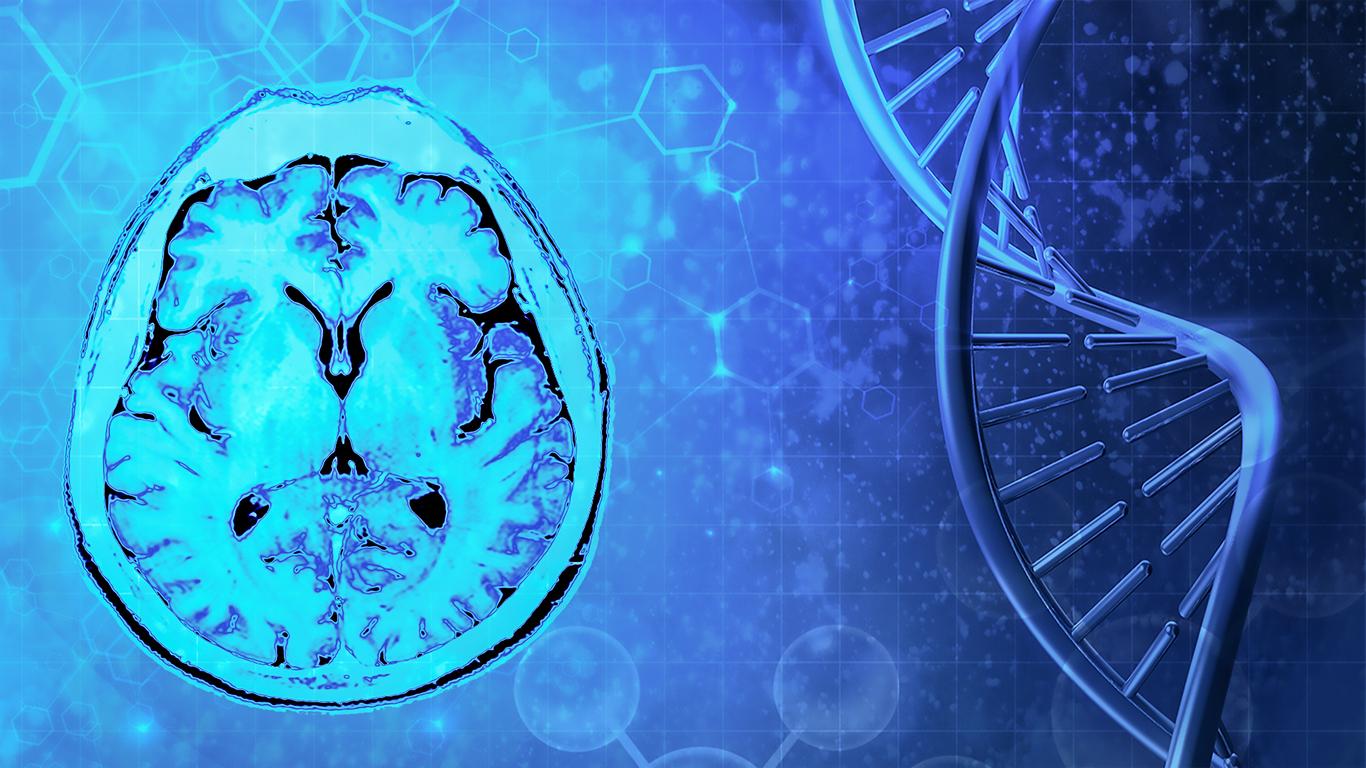Contrary to what the scientific community thought, taste would not be identified by certain specific clusters of neurons but by a constellation of neurons distributed in the cortex. These neurons would be able to analyze several tastes, and not just one in particular.
-1605279405.jpg)
- The taste would be distributed throughout our cortex, and not in specific places.
- Neurons can identify several tastes, they are not necessarily specific to a flavor.
What in our brain makes us feel the sweet taste of watermelon or the bitter taste of quinine? Researchers from the University of New York at Stony Brook (United States) have analyzed the cerebral response to the perception of taste, which goes against what we thought. Their results were published in the journal Current Biology November 12, 2020.
Until now, the scientific community believed that taste was governed by specific groups of neurons in the brain. It seems to be more complex.
The specific “hot spot” hypothesis
When we eat, neural activity travels from the tongue to the brainstem to the gustatory cortex. Presumably, it is the activation of this cortex that contributes to our perception of taste and flavors.
In early brain imaging experiments, researchers believed that groups of neurons specifically coded certain tastes. Thus, these clusters, called hotspots, foreshadowed a map with a hotspot for sweet, another for bitter, a third for salty, and a final one for flavor.
“Our experiments demonstrate that there is no map with hotspots in the taste cortex of animalsunderlines Alfredo Fontanini, director of the department of neurobiology and behavior at the university of Stony Brook. Rather, each taste is represented by sets of neurons distributed in space and ‘sprinkled’ all over the cortex. Neurons can represent one or more taste sensations and form what is called an ensemble code. Basically, neurons act like the instruments of an orchestra playing different notes to form a chord.”
No “mapping” of taste in the brain
On several occasions, the researchers were able to demonstrate an activation of these neurons in mice. Thus, they were able to see that certain neurons only react to a single taste, while others identify several.
Their analysis confirmed that neuron responses appear across multiple spatial scales in our brains, with no signs of clustering. The idea that taste is “mapped” in our brain is therefore wrong.
“Our findings are important because they address one of the basic organizing principles of brain functionemphasizes Alfredo Fontanini. Topographic maps are a ubiquitous feature of brain organization. Demonstrating that the spatial organization of taste responses is not as straightforward as previously thought makes us reevaluate the neurobiological processes that underlie taste perception and taste-related brain functions.”
.

















